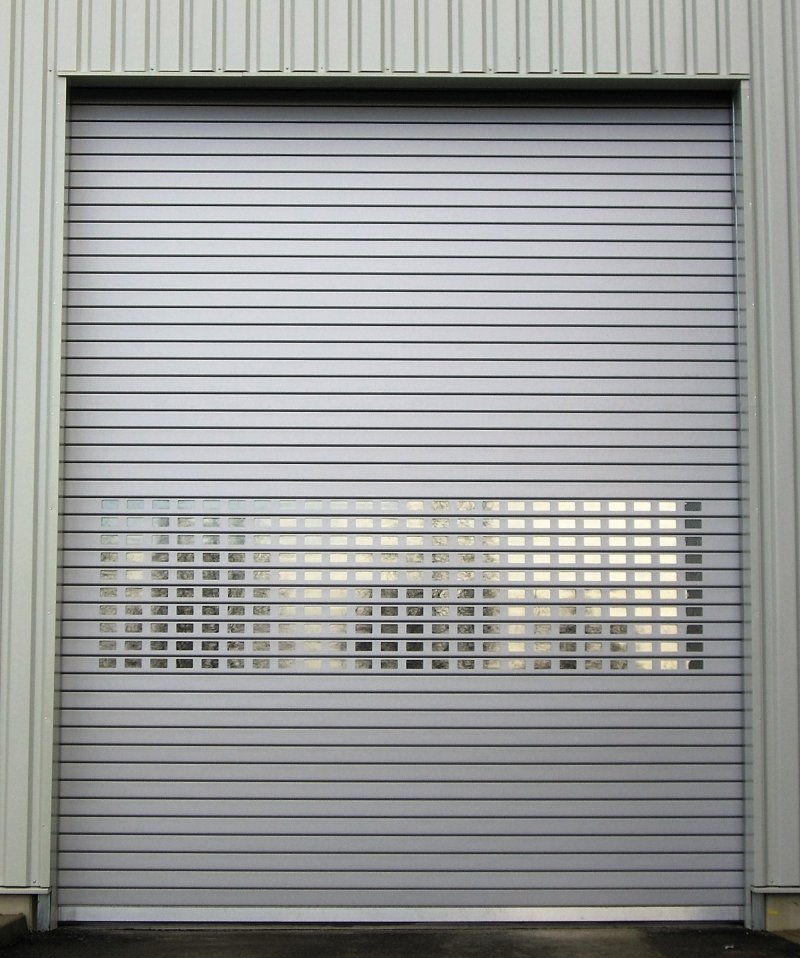

The door armor, which is made of different materials for the different door types, winds onto the tubular shaft. The armor is connected to the tubular shaft via hangers. The tubular shaft is supported by the standard slip-on drive and a pillow block bearing, except in the case of a sprocket drive. A chain wheel drive is used if the door size or the door weight is too large for a direct mount drive, or if the structural conditions prevent the use of a direct mount drive. The bearing and the direct mount drive are located on the brackets, which are connected to the ground.
The total weight of the door system (armor and tubular shaft) is transferred to the structure via the brackets. The fastening of the brackets is therefore enormously important.
The running rails serve to guide the door curtain and are therefore also called guide rails. In addition to guiding the curtain, the running rails also have the task of transferring the wind loads acting on the curtain into the structure on the left and right. Depending on the requirements and space conditions, the roller doors are equipped with a push-on or chain drive.
The doors are sealed in the floor area by a flexible rubber, in the lintel area by a brush seal. A side door can also be integrated into the side section. When the door is open, the side section including the wicket door can optionally be swung to the side. The clear width remains fully intact.

Bale box as a facing to protect against the effects of weather on external gates
Other sizes possible within the framework of custom designs.
RT 97: Double-walled steel lamellas with PU foam
RT 100: Double-walled aluminum or steel lamellas with polystyrene or mineral wool filling
RT 120: Single-walled aluminum or steel lamellas
Side door can be integrated into side panel
E-drive with slip-on or chain drive
Standard: natural aluminum or galvanized steel
optional: RAL according to choice